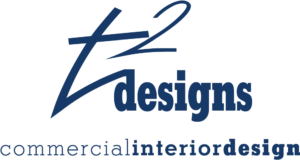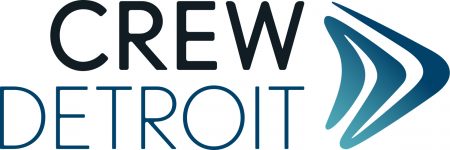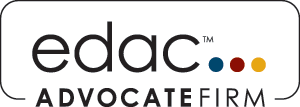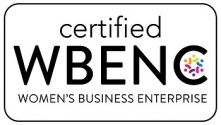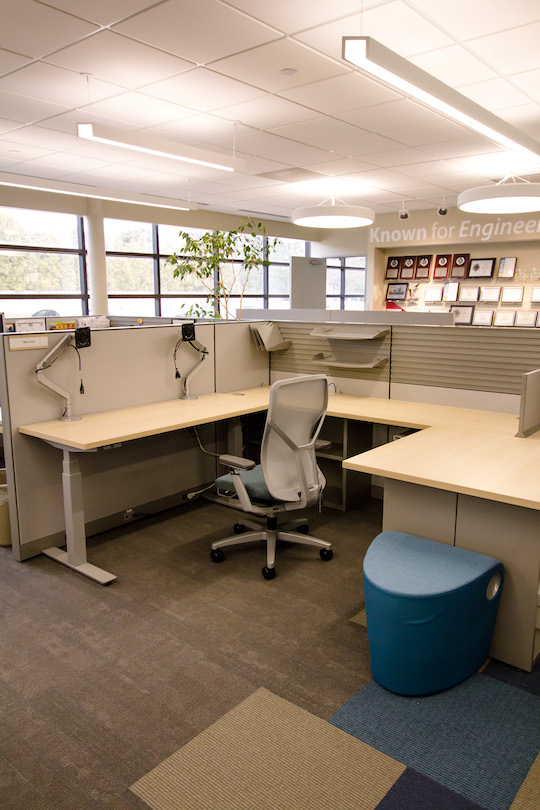 Consider, for a moment, the age and amenities of your car and how drastically the style and features change in the years since it was leased or purchased. The size and shape of the latest models are somewhat different. For example, the safety features and comfort amenities—back-up cameras, lane assist, USB chargers and video systems—have become standard equipment instead of luxury add-ons.
Consider, for a moment, the age and amenities of your car and how drastically the style and features change in the years since it was leased or purchased. The size and shape of the latest models are somewhat different. For example, the safety features and comfort amenities—back-up cameras, lane assist, USB chargers and video systems—have become standard equipment instead of luxury add-ons.
Similarly, your work environment is no different. Style, technology, ergonomics and performance, and functional features evolve over time in the built environment just as they do in the automotive industry.
Most of the major furniture manufacturers make high quality products that will last for decades. However, the “built like a work horse” furniture you bought a decade or more ago, that may last a few more decades, doesn’t necessarily meet current ergonomic, functional, and technological needs.
The evolution of design in today’s corporate office design.
Features such as height adjustability of work surfaces, adjustability of chairs, and reach distances continue to improve. This produces workstations and offices that are more ergonomic and healthier for the occupant. However, these features weren’t options in the past, leaving occupants with repetitive strain injuries and diminished productivity.
Technology plays a key role in today’s work environment. Was your work area designed for a computer or a typewriter? Perhaps frequent cell phone use or a land line? Today’s adjustable furniture designs support current technology and lots of it. In contrast, older furniture designed before the use of computers, or designed for the old behemoth screens, does not adjust to adequately accommodate today’s technology.
Just like we consider a new or newer car every few years, we need to have the same mindset with our corporate interior environment. So if you haven’t done it recently, it’s time to evaluate your company’s environment.
A few questions to ask yourself or your company leadership:
- Does our space and furniture support current technology?
- Are we cognizant of ergonomic needs—ensuring that furniture is adjustable to meet user needs?
- Do we encourage movement throughout the day (sit-to-stand desks, walking meetings, etc)?
- Colors, styles, and features change in work environments. Has ours changed? Or do we just keep squishing more people into the same old space without updating to align with current needs?
The physical environment can be a key differentiator in what makes your company stand out from the next. Is it making your company stand out in a positive way? The creative team at t2 Designs is happy to help evaluate your adjustable furniture needs.
